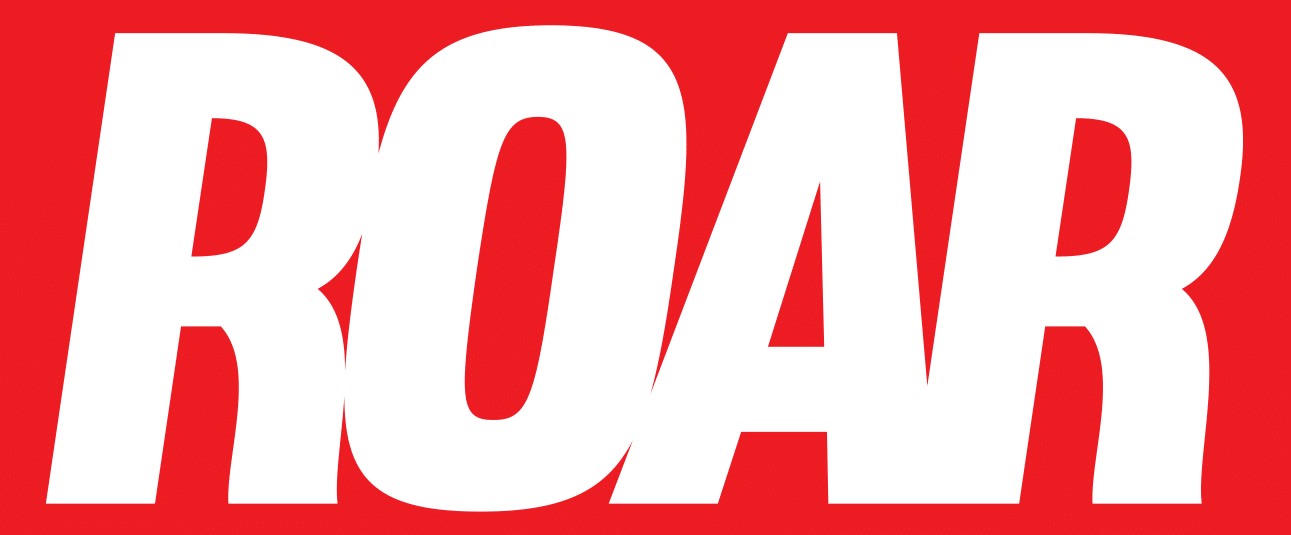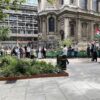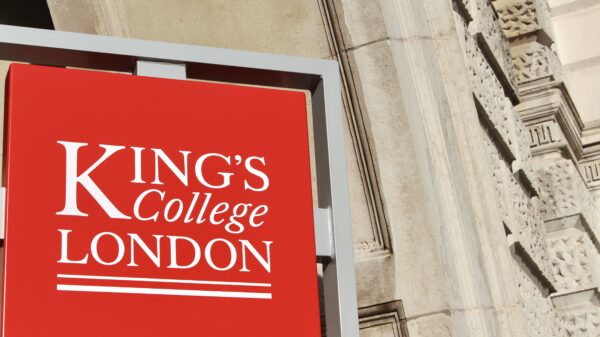
The university gender gap is tilted towards women now more than ever; at King’s the male-female ratio is a whopping 38:62. King’s has collaborated with Athena SWAN, a charter recognising achievements in gender equality since 2007, and has received a “bronze award†for its efforts.
With this in mind, some courses are still notably imbalanced with regard to their gender representation. For example, War Studies – which falls under its own department, the only one of its kind in the UK (striving to “understand the complex realm of war, conflict and international politics,†as stated on their web page). From 2012 to 2016, the latest year KCL’s reporting team has compiled, the proportion of women in the programme has consistently sat around one in four.
Compare this to King’s’ BA in International Relations, added to the Department of War Studies in 2013. Here, the reverse is true: approximately a 73% female majority between 2012-2016.
It would be logical to conclude that any programme still predominantly male must be discriminatory, conscious or not. That said, the overall War Studies departmental ratio is much more even, with 47:53 males to females for 2015-2016 undergraduates (including students in their joint degree programmes). They also have an active Diversity & Inclusion team; in 2016 they applied to receive an Athena SWAN review.
Change could be underway for War Studies. “I don’t think that the department has actively tried to recruit more women,†noted one female War Studies undergrad. “It does just seem to be that they’re accepting more of us.” she added, “When I started the course I assumed I would be one of only a few women but I was really surprised to see so many for our induction first year… perhaps I’m slightly biased in the sense that having any amount of women feels like a lot.â€
This has also led to a wider discussion about the difference of subject choice between male and female students.
As one International Relations student speculated, “Perhaps men and women simply approach war in different ways.â€
















